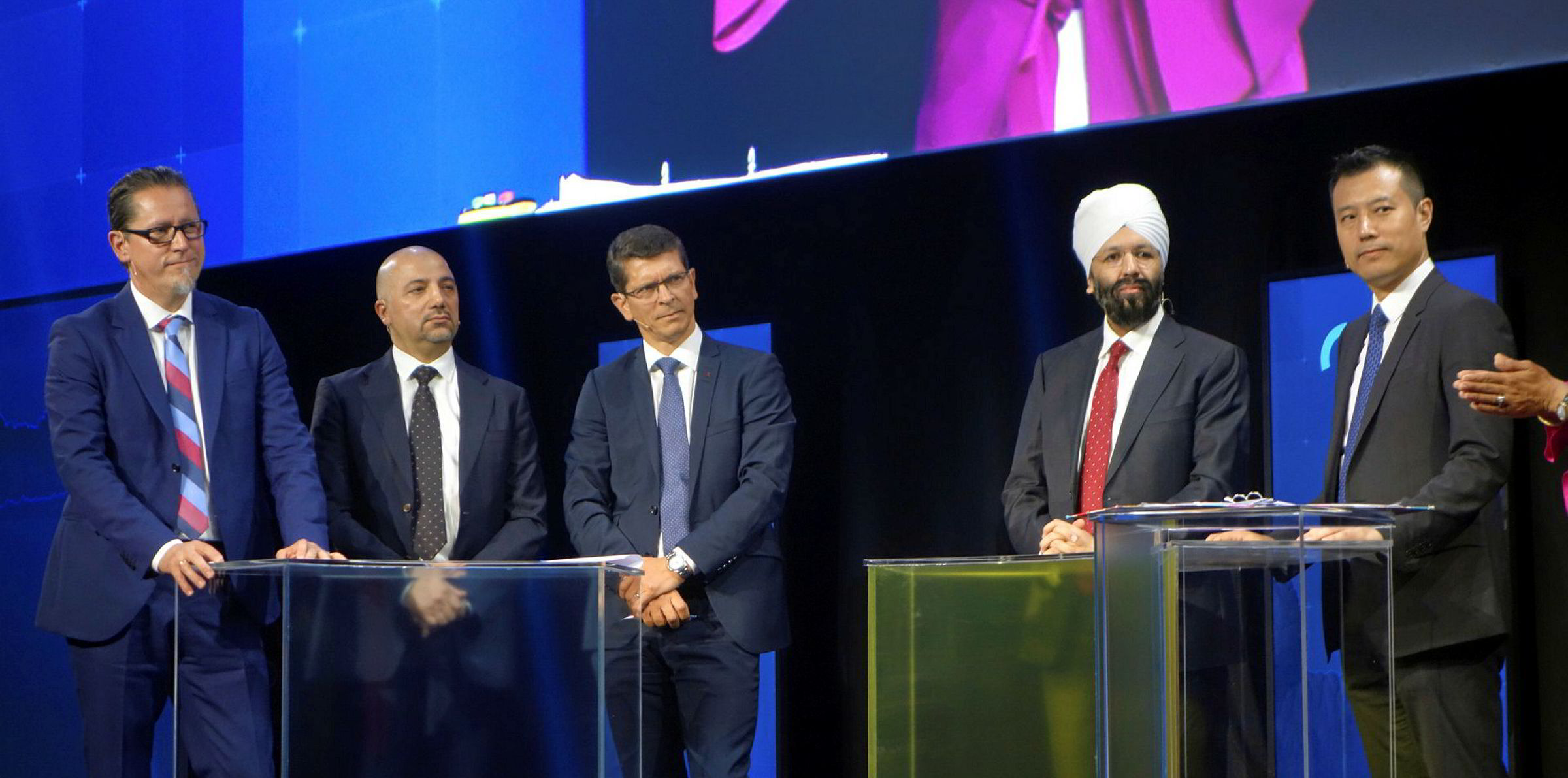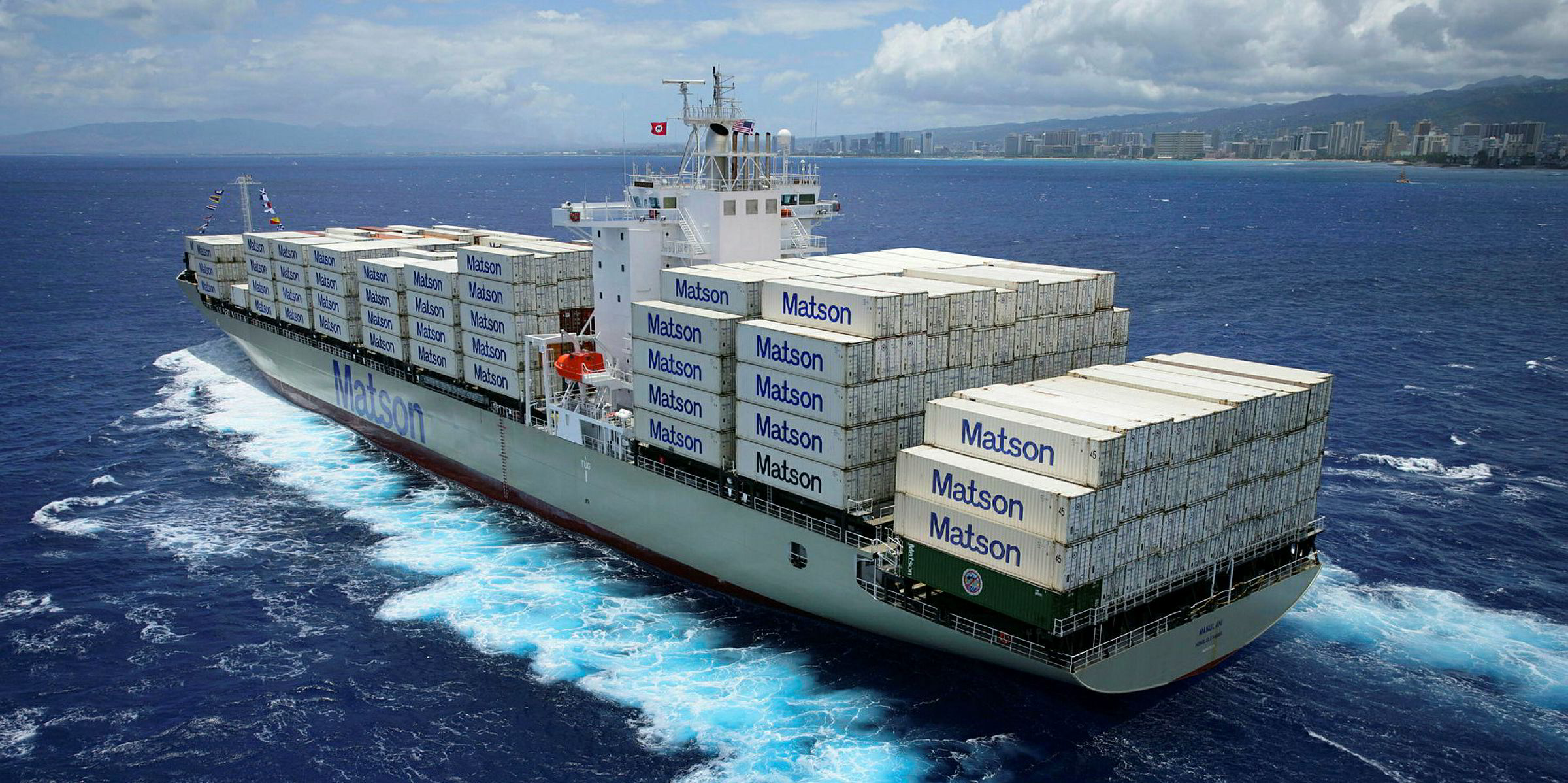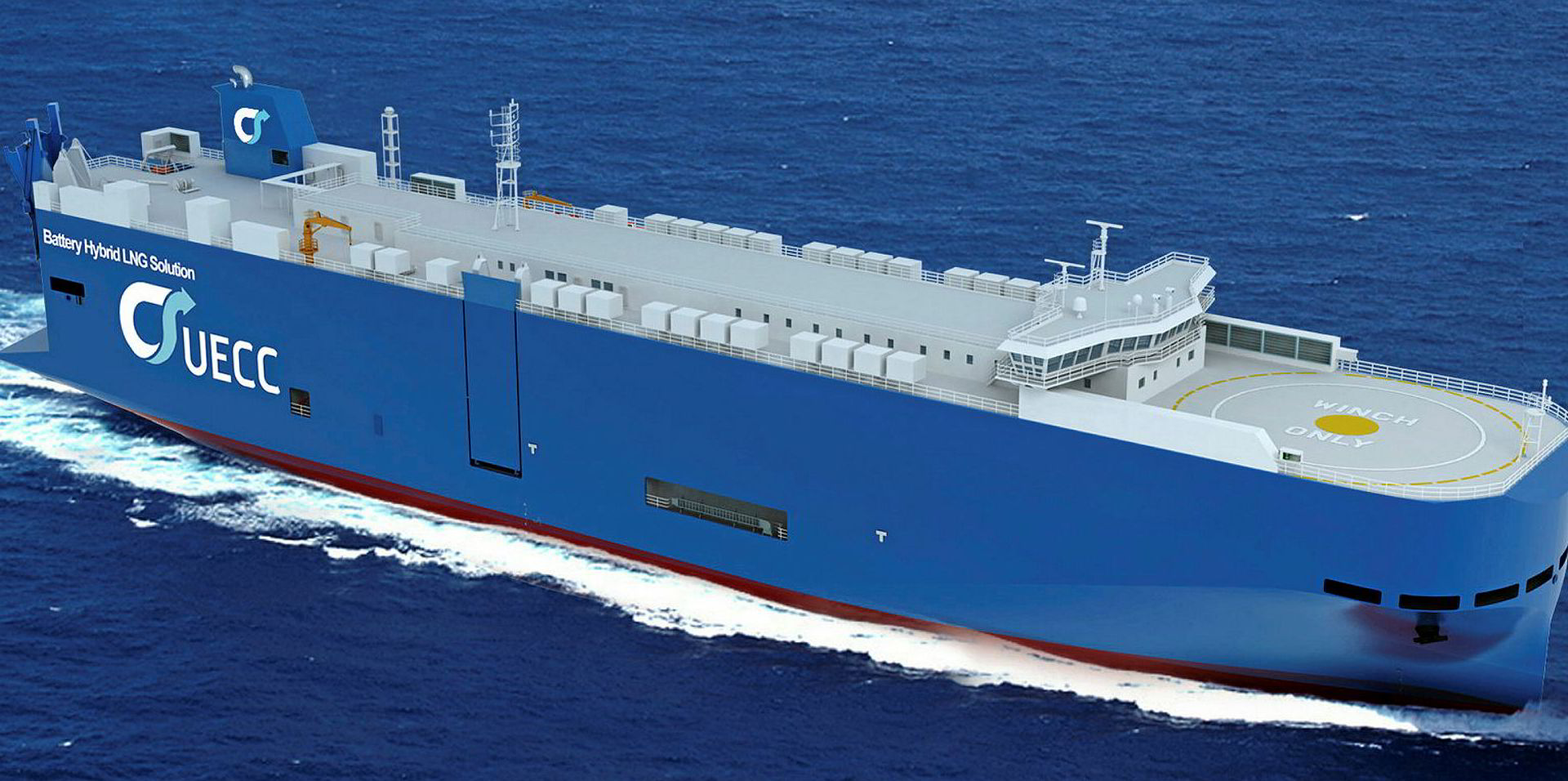BHP’s top shipping official has predicted that LNG bunkering will lead the industry’s drive toward greener, lower-emission fuels, eventually making the current business model redundant.
In Nor-Shipping’s Ocean Leadership Conference, Rashpal Bhatti, the Australian mining giant’s vice-president of market freight, said the traditional way of assessing vessel values is becoming invalid with the requirements in meeting new emission standards.
“That model of the 20-year vessel depreciation model is no longer relevant today,” Bhatti said, referring to the general lifespan of a ship.
According to Bhatti, vessel owners would need to be very “brave” to order ships that can only run on conventional marine fuels now, as those vessels can be phased out in the next two decades.
Together with miners Fortescue Metals Group and Rio Tinto as well as shipowners MOL, China Merchants Energy Shipping and U-Ming Marine Transport, BHP has been developing LNG-fuelled newcastlemaxes and VLOCs that can carry coal and iron ore from Australia to China.
Woodside is developing an LNG-bunkering facility for this project, while DNV GL and Shanghai Merchant Ship Design & Research Institute are also involved.
“LNG will happen in the next few years, and we will see a quantum leap in that,” Bhatti said. “Then we will see hydrogen.”
From a tanker perspective, Kuwait Oil Tanker Co chief executive Ali Shehab was less optimistic over the future of LNG bunkering.
“I am all for it,” he said. “[But] for so many years ... we have been talking about LNG.”
Despite the fact LNG can be one of the fuel options for the IMO 2020 rules, DNV GL data shows there are only 163 LNG-fuelled vessels currently in operation and 155 on order.
At the beginning of this decade, the general industry expectation was there could be 1,000 to 2,000 LNG-fuelled vessels by 2020.
“I don’t see a [LNG bunkering] loading arm at a terminal until today,” Shehab said.
“Nobody will get murdered for speculation…[But] you need infrastructure, and the investment needs to keep up at an early stage.
“Now. Not delayed any further.”
ICBC Leasing executive director Bill Guo said LNG can be a medium-term solution but shipping would likely need other fuels to meet its long-term emission goals.
Member nations of the IMO have agreed to reduce international shipping's carbon intensity by 40% before 2030 from the 2008 baseline, and halve its total greenhouse gas emissions by 50% before 2050.
“[LNG bunkering] maybe [is] not the future of future, but it at least for the medium-term [future],” Guo said.
The industry would be able to meet the 2030 target by adopting slow-steaming and shifting to less carbon-intensive fuels like marine gasoil and LNG, but no existing fuel solution is available to meet the 2050 target, according to DNV GL.
“2030 is achievable…2050, that is a challenge,” DNV president and chief executive Remi Eriksen said. “We need to have lots of innovations and research, and actually, invention needs to happen.”





